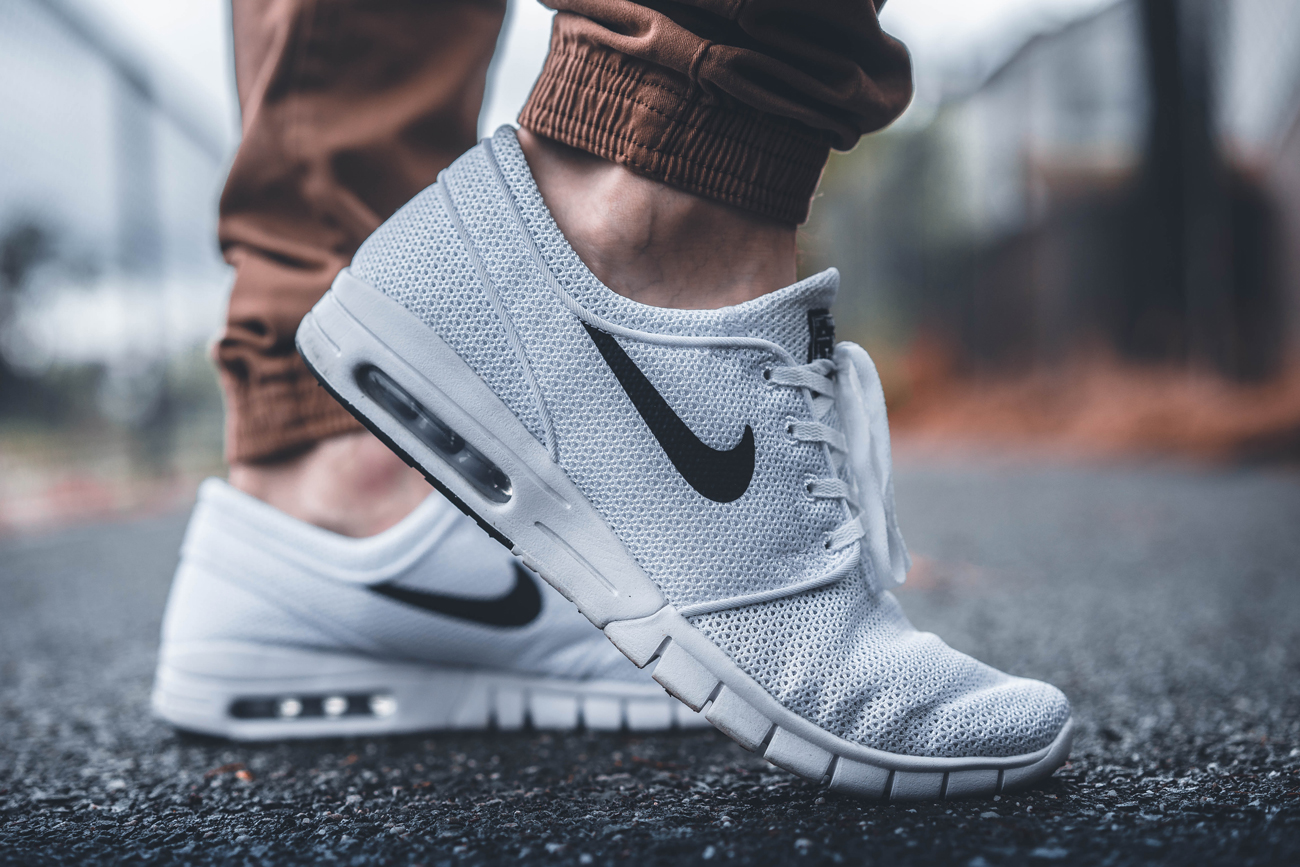Shoe analyzing is like Sherlock Holmes and the feet! It can tell you exactly what your feet are doing in that particular shoe, which is typically an indication of what your feet do in general while walking!
If you notice a particular “abnormal” pattern, it can indicate that intervention is needed to the feet. With that in mind, what kind of patterns would be considered abnormal?
Tread
The bottom of the shoe can tell a lot about movement and pressure points. When the shoe tread wears down, it starts to smooth out and loose grip.
The heel is typically where you can see the most wear. It is normal to wear the outside of the heel down slightly. This is where you should strike the ground first when walking. If the heel wears down quickly and along the entire outside of the heel border, this could be considered excessive. This excessive wear might indicate that you are a supinator, which means you have a high arch and/or your heel turns out when you walk. If your heel wears down on the middle or inside of the shoe, this could indicate a flat foot and/or your heel rolls in when you walk.
The front of the shoe can tell you how your pushing off of the back leg when you walk. Normal wear occurs slightly inside to the middle of the shoe. If the wear is at the very outside of the shoe, this may indicate a high arch or an avoidance of pain. For example, if the big toe joint is sore when walking, pushing off of the outside of the foot will avoid this pain. If the wear occurs on the inside border of the shoe, this can indicate a flat foot or an avoidance of pain. Pushing off of the very inside of the foot can be another compensation when the big toe joint is sore.

The middle of the shoe may not show significant wear, but will give you information it if does! If the shoe wears to the outside border of the shoe, this can indicate a high arch or an avoidance of pain. For example, if the arch is painful, walking on the outside of the foot may avoid this pain. If the shoe wears on the very inside border of the shoe, this can indicate a flat arch.
Be aware that sport specific shoes may indicate a different wear pattern because of the motions required to perform the activity. For example, tennis requires more aggressive side to side motions, which can develop wear on the sides of the shoes.
Shoe Tilt
The angles of the shoes indicate excessive wear at a particular spot, creating a tilt in the shoe and/or the sole. Place the shoe on a level surface and observe the heel and the front of the shoe. The shoe should not be leaning to one way or the other. If this is the case, the lean can come from the sole wearing down, or the top of the shoe getting pushed over.
The side the shoe is tilting to will indicate where your foot is moving. An outside tilt can indicate a high arch and/or the heel rolling out, and an inside tilt can indicate a flat arch and/or the heel rolling in.
Insole Wear
The inside part of the shoe, where your foot contacts directly, can also tell you a lot about your walking patterns. The insole inside of the shoe will typically come out of the shoe, even if it’s glued in. In the rare case that the insole does not come out, you may still be able to see some patterns and feel them by placing your hand inside.
From the insole, the toes are typically the most visible wear spots. The toes with the most pressure can be visible from the amount of compression to the foam, the most discolouration and/or from the fabric wearing out. Pressure to the big toe can indicate a flat foot and pressure to the outside toes can indicate a high arch.
The arch height may be visible from the insole, especially if the arch is a severe flat foot or aggressive high arch. A severe flat foot can be seen by pressure on the very inside of the middle of the insole. The aggressive high arch can be seen by no pressure in the middle of the insole. To help prove this theory further, look for very high-pressure areas at the front of the foot and the heel.
There is another arch in the foot, which is at the ball of the foot. When this arch is collapsed, it can also be seen on the insole. It will be seen by a sideways oval pressure just behind the toes.
Holes and Material Ripping
Occasionally, holes and ripped material can be seen on the outside or insides of shoes.
If the material is ripped on the inside of the heel, this can indicate excessive motion at the heel. The heel typically moves slightly to absorb shock, but excessive motion can put stress and strain on various structures in the lower limb.
If the material is ripped on the outside of the shoe, it can give you a couple indications. If the shoe is too narrow, holes may appear on the sides of the shoe over time. These holes may also develop if your feet are moving to much inside the shoe. This can be from a flat foot, very mobile joints and/or the shoe is too big.
With all of these areas of the shoe to analyze, it can help determine if your feet are moving abnormally. Are your shoes wearing down abnormally? Your Canadian Certified Pedorthist can help to decipher your shoes and give you a better idea about how your feet are moving and affecting the rest of your body.
By Canadian Certified Pedorthist Julia Hayman
